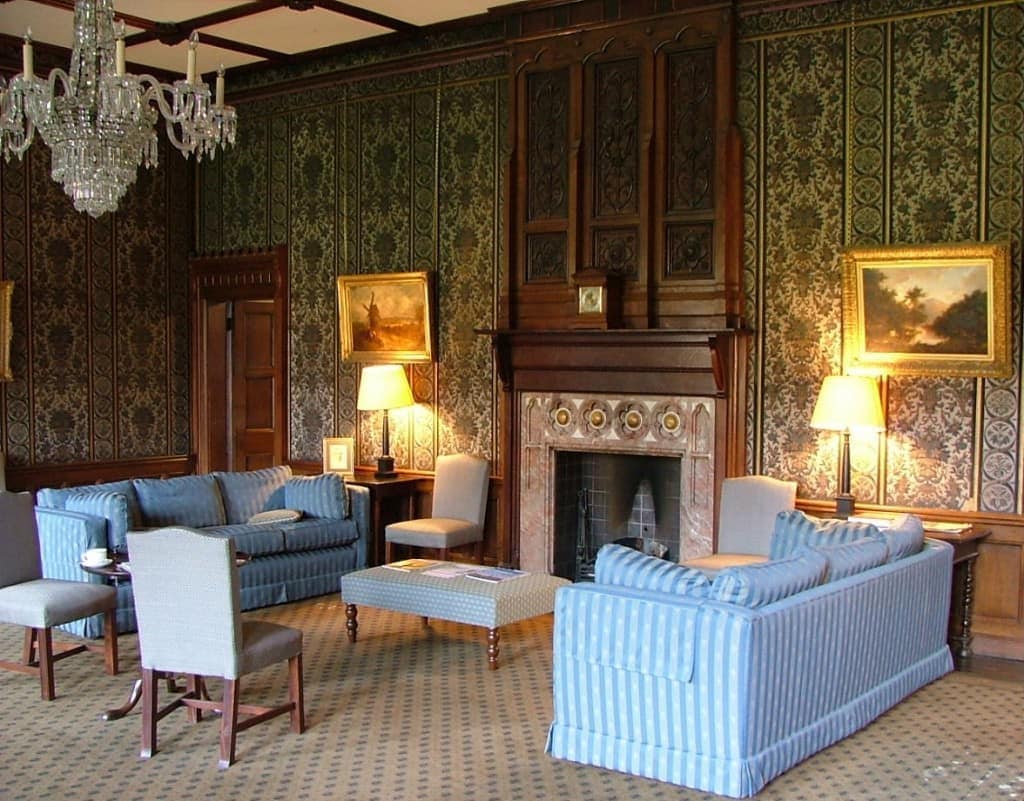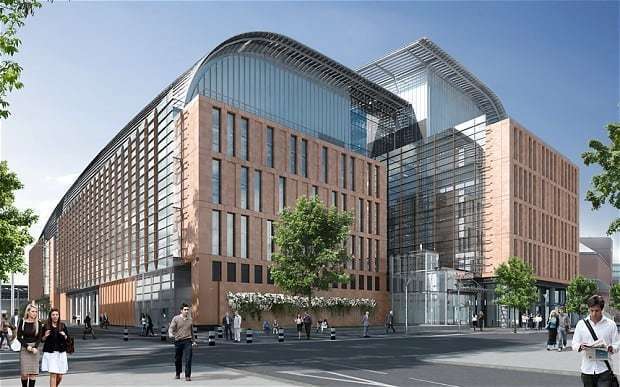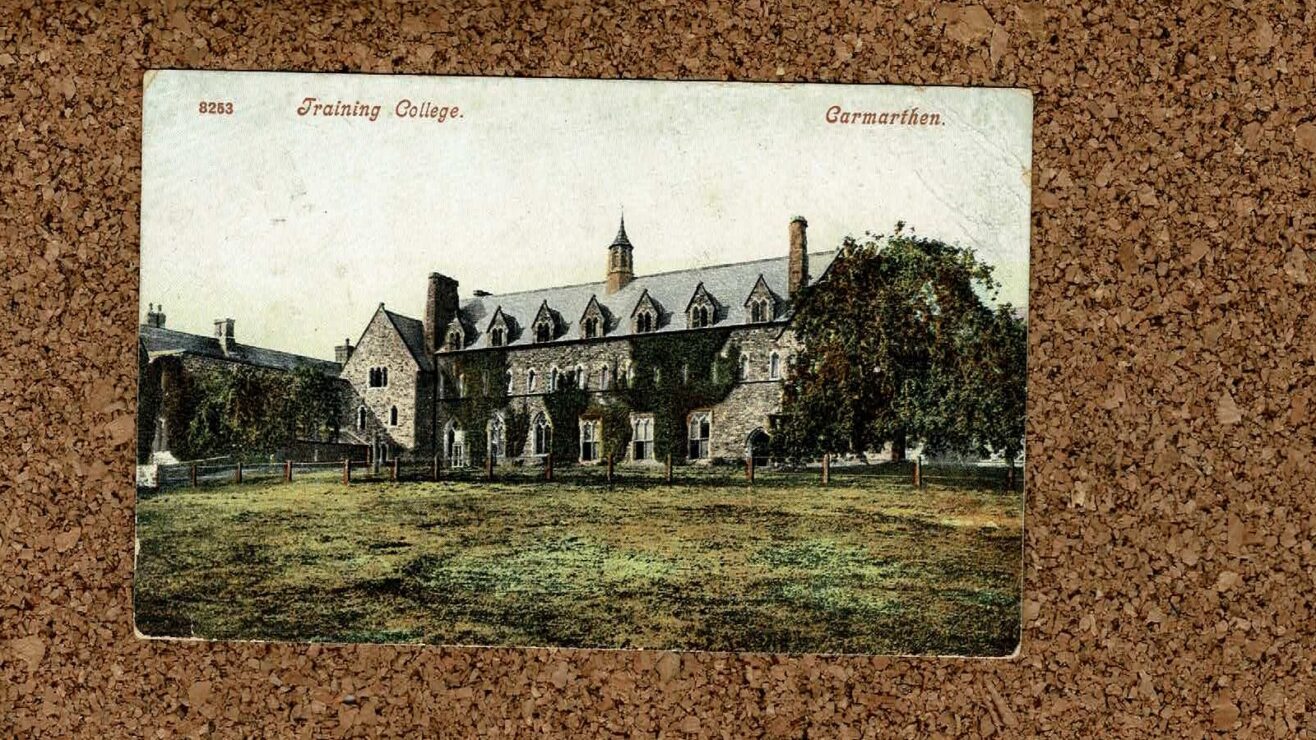A Microcosm of Change in Higher Education
A previous post here mentioned the Combination Room at the University of Nottingham in the original design of the Trent Building.

The Combination Room at Nottingham was, I think, intended as a form of common room where staff would meet to share ideas. The traditional form of common room was both a virtual grouping and a real space for staff to meet, debate and discuss and occasionally relax. Senior common rooms were for staff whereas junior common rooms were for students, usually located in halls of residence or colleges. This is, apparently, the Senior Common Room at Keble College Oxford:

I’m not sure that all SCRs are as well appointed as this.
Over time though many universities have phased out common rooms and converted them to other purposes – offices, teaching rooms or more general social space. Certainly this is more efficient but it really looks like something was lost in the process. Earlier in my career I was involved in making changes like this myself and I can remember the frustration of academic colleagues at the loss of this kind of space, even when it was under-utilised.
I was reminded of this issue on reading a recent internal audit report which noted that a School’s “Tea Fund has been closed”. Whilst in reality this was about a particularly unorthodox way of providing drinks in a common room it did rather suggest to me the end of an era and a further move away from the idea of the relaxed informal space where staff would share ideas over tea and biscuits and serendipitous discussions would lead to new academic developments. This felt to me like Higher Education change in a nutshell.
At the same time as institutions were eliminating common space, others were trying to design it in to new buildings. For example the nearly complete Crick:

The Telegraph had a report in 2014 on the planned operation of the Institute:
Collaboration and communal brainstorming will define the way researchers work, an aspiration reflected in the design of the building, which will feature acres of glass, walkways, open-plan labs, shared facilities and communal spaces. It’s all a world away from the days when scientists worked in cramped laboratories, often on their own.
“This institute was conceived as a way to foster collaboration and interdisciplinary working,” explains Sir Paul Nurse, director of the Francis Crick Institute and president of the Royal Society, who came up with the idea of a single biomedical institute for London back in 2000.
“There are a lot of shared spaces. One of the things we are trying to do is get people to mix,” says Dr Richard Treisman, director of Cancer Research UK’s London Research Institute, which is one of the founding partners, along with the Medical Research Council, the Wellcome Trust, UCL, Imperial College London and King’s College London. “If you have bright colleagues, it’s important you interact with them.”
So, the Tea Fund may have been closed and common rooms redesigned all over the sector but it looks like we will all be moving to re-open them before too long. At considerable expense.













I found a similar story at Warwick when I looked at this for my PhD. For example, it seems that the Humanities Building was originally designed with social spaces on every floor, but they have been taken over as offices, teaching rooms, or divided into smaller spaces. There is now very little common space remaining. It wasn’t a planned policy, they just got nibbled away piecemeal. My speculation is that the original intention of the design got lost, wasn’t communicated and preserved clearly enough. And that was combined with designs that didn’t include space for the inevitable expansion that would occur over 50 years. So the lessons are:
make common spaces clearly designed and designated as common spaces, with a strong identity all of their own.
design for expandability that preserves valuable spaces.
I fear I was involved in making some of those changes happen at Warwick!
I wonder if the rise in open plan or shared academic office, and the growth in home-working have made the traditional common room less attractive as a means of meeting other academics.
The other explanation is that academics don’t want to meet other academics any more than is absolutely necessary.
Open plan still a rarity though. Fair point re reluctance to spend TOO much time with other colleagues.